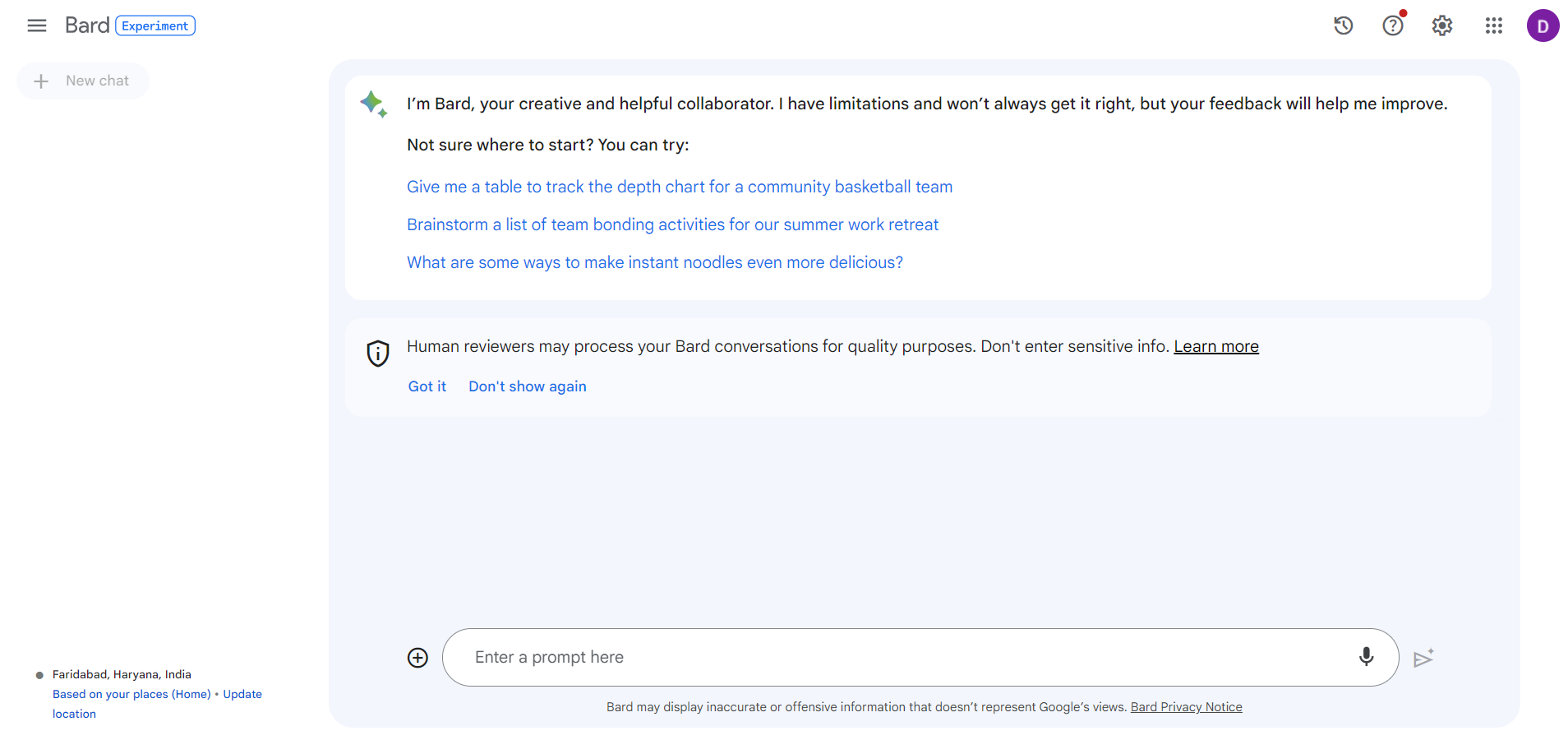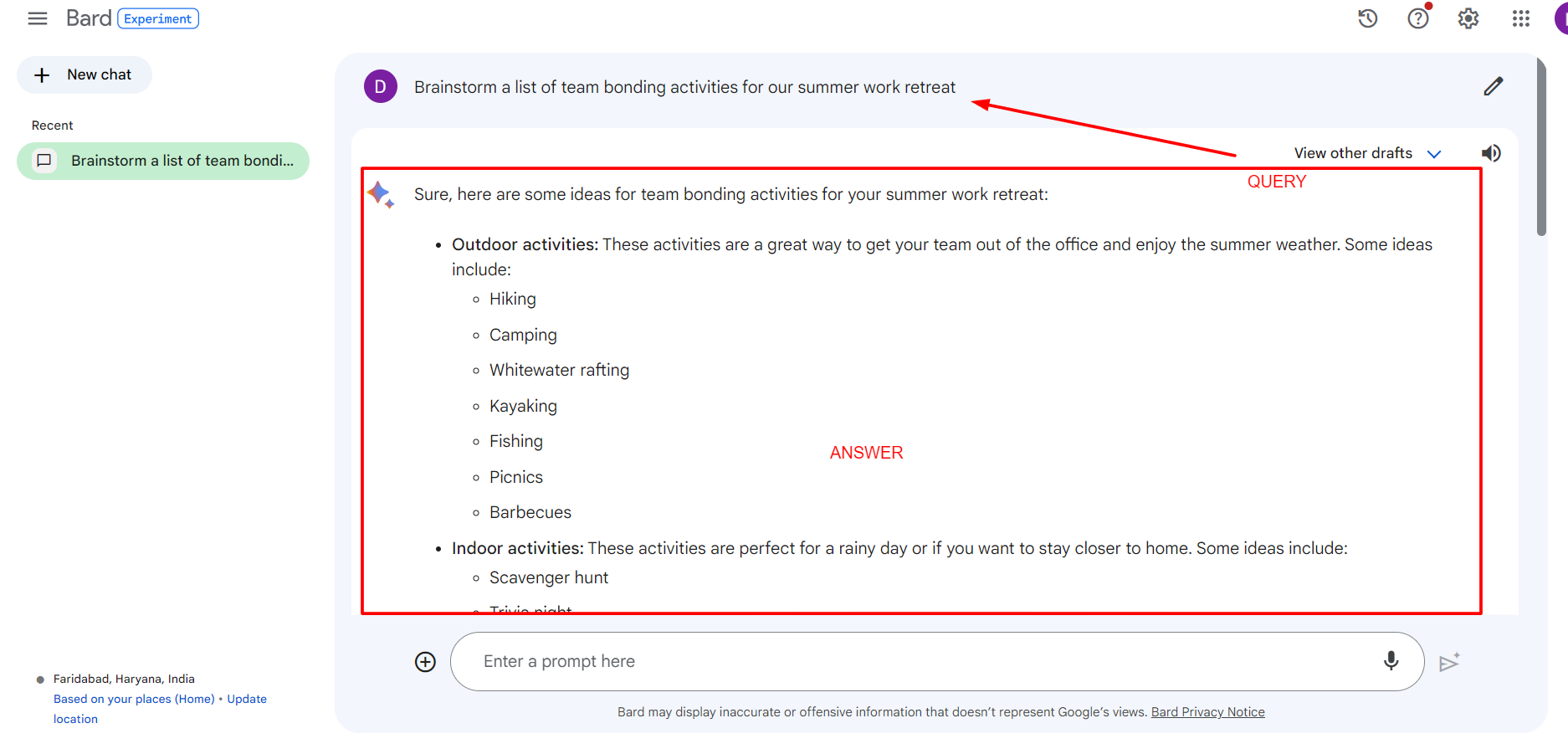What is Bard? A Comprehensive Guide to Google’s Chat-Based AI Tool
In today’s fast-paced world, businesses and organizations are constantly looking for ways to improve their customer engagement and streamline their communication processes. One of the latest tools to emerge in this space is Bard, a chat-based AI tool developed by Google and powered by PaLM 2 (Pattern- and Matrix-based Language Model). In this article, we will explore what Bard is, how it works, and its potential applications.
What is Bard?
Bard is a chat-based AI tool designed to assist users in generating natural language responses to various prompts and queries. It is built on top of PaLM 2, a state-of-the-art language model capable of understanding context and generating relevant and coherent responses. Bard is part of Google’s ongoing efforts to improve natural language processing and make it more accessible to businesses and organizations.
How does Bard work?
Bard analyzes the context of a given prompt or query and generates a relevant and coherent response. It does this by using PaLM 2, a neural network-based language model trained on a large corpus of text data. Palm 2 is capable of understanding the relationships between words and phrases and generating contextually appropriate responses.
To use Bard, users input a prompt or query into the chat interface. Bard then analyzes the input and generates a response. Users can then refine their input or ask follow-up questions to refine the response further. Bard is designed to be intuitive and easy to use, even for users who are not familiar with natural language processing.
What are the potential applications of Bard?
Bard has a wide range of potential applications, including customer service, chatbots, and virtual assistants; you can find some applications in Allofapps and Appisfree. For businesses and organizations, Bard can improve customer engagement and streamline communication processes. For example, a company could use Bard to create a chatbot that can answer customer questions and provide support 24/7. This would free up human customer service representatives to focus on more complex issues.
Bard can also be used to create virtual assistants that can help users with a wide range of tasks. For example, a virtual assistant could help users schedule appointments, book travel, or order food. Bard’s ability to understand context and generate natural language responses makes it well-suited for these types of applications.
In addition to these applications, Bard could also be used in education and research. For example, researchers could use Bard to analyze large datasets of text and generate insights that would be difficult to obtain manually. Educators could use Bard to create chatbots that can help students with homework or provide personalized feedback on assignments.
Conclusion
Bard is a powerful chat-based AI tool that has the potential to revolutionize the way businesses and organizations engage with their customers. Its ability to understand context and generate natural language responses makes it well-suited for a wide range of applications, from customer service to virtual assistants. As natural language processing continues to evolve, we can expect to see more tools like Bard emerge that make it easier for businesses and organizations to communicate with their customers.


















